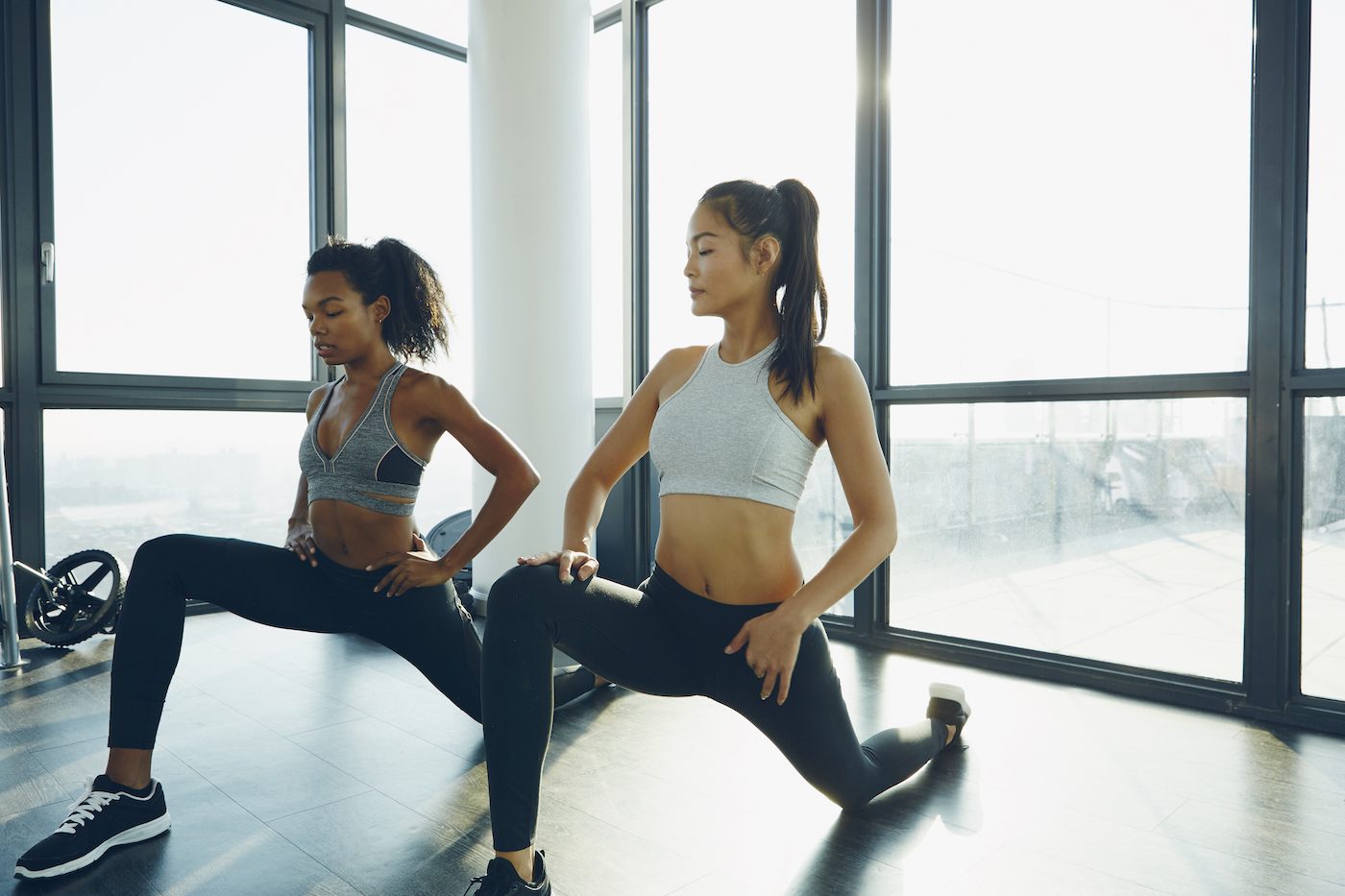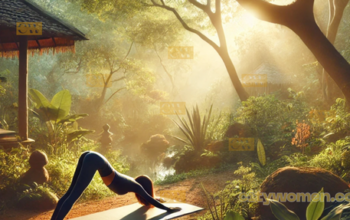
September 27, 2019 at 01:00PM by CWC
“Strengthening your core” is one of those things that any trainer, no matter who they are or which modality they teach, will tell you is critically important. While getting stronger is a major part of that—especially because your core is responsible for pretty much every movement you ask your body to do—we should actually be thinking more about conditioning our cores, too.
“I focus on developing a conditioned core versus a strong core, as many times ‘strengthening’ may lock certain functions up,” says Wundabar founder Amy Jordan. There are five major components of your core (yes, it’s more than just your abs)—the transverse abdominis, the rectus abdominis, the pelvic floor, the diaphragm, and the multifidus—and “conditioning” allows them to work properly together.
“You can think of these five structures creating a peanut-like shape underneath your ribs down to the base of your pelvis, with a wetsuit zipper running the length of your spine,” says Jordan. “Proper alignment is key in order to find harmonious activation of these five core structures.” This is, in effect, the entire principle behind Pilates, which centers many of its movements on core stabilization.
While conditioning your core will admittedly help you build muscle, there are even more important benefits. A 2013 study found a link between a stabilized core and the risk of lower-body injuries, and according to a report from Harvard, earlier research confirmed that “well-coordinated core muscle use stabilizes the spine and helps create a firm base of support for virtually all movement.” Plus, it also helps with posture.
The good news? Chances are, you’re already familiar with some of the exercises that will help your core muscles move together. Here, Jordan shares a three-move routine. A few pro tips? “In most every position, aligning ribs with the pelvis is the first step—think of two Dixie cups stacking together rim to rim,”she says. says Jordan, adding that you’ll want to focus on incorporating length, breathing intentionally, and aligning your ribs with your pelvis throughout the workout. “From there, you’ll want to think length on every inhale & wrapping closer to the spine with each exhale.” Read on to try it for yourself.
Downhill ski
Works: pelvic floor, transverse abdominis, rectus abdominis, hip adductors, and hip abductors
1. Start in a plank position with hands shoulder-width apart on the floor and feet closed parallel.
2. Exhale and shift torso back behind arms as knees bend to the left. Inhale and shift back into starting plank.
3. Exhale and shift torso back behind arms as knees bend to the right.
4. Repeat 12 times on each side. (Pro tip: Keep your knees glued together through the entire series.)
Criss-cross
Works: transverse abdominis, pelvic floor, rectus abdominis
1. Lie on your back with legs in table top position and hands interlaced below base of skull. Find your neutral pelvis to access your deep core muscles like transverse abdominis and pelvic floor.
2. Roll your low back flat onto the floor, then arc it up off of floor sticking your booty out, about halfway in between is neutral, with a natural curve to your low back.
3. Inhale to lengthen the back of head gently off the floor, and be sure not to jam your chin into your chest.
4. Exhale, hold, and make sure your pelvis stayed in a neutral position. If you didn’t add any wrinkles to the front of your shirt, you’re in good form.
5. Inhale as the right shoulder blade peels off of floor and ribs rotate toward the left. As you rotate, your right leg extends at a diagonal.
ADVERTISEMENT
ADVERTISEMENTSports Direct Free Delivery on All Orders! |
6. Exhale and return ribs to center, keeping your head and shoulders raised.
7. Inhale as your left shoulder blade peels off of floor and your ribs rotate toward the right. As you rotate, extend your left leg at a diagonal.
8. Repeat 12 times on each side (Pro tip: Ignore the idea of “elbow to knee” from bicycle crunches. . Instead, think of the lowest rib rotating towards the opposite upper inner thigh).
Lunge
Works: transverse abdominis, pelvic floor, hip adductors, and hip abductors
1. Start standing with feet four to six inches apart and parallel.
2. Inhale, step your left foot forward and shift your weight into all four corners of the left foot while raising your right heel.
3. Exhale and scissor your legs apart as your torso lowers straight down. Allow your left knee to glide to just in front of your ankle and align it with first and second toes.
4. Inhale and think about the ribs lifting up and off of the pelvis to return you to standing with two straight legs at the top.
5. Exhale and lower into the lunge, thinking of your waistline narrowing around your spine and inner thighs resisting away from each other to slow the movement down.
6. Inhale, lift your ribs off of your pelvis and think of the inner thighs closing like a pair of scissors to lift to standing.
7. Repeat 12 times on each side.
There are countless muscles in your core—here’s how to work each and every one of them. And this is the hardest core move I’ve ever had to do, in case you were interested.
ADVERTISEMENT

ADVERTISEMENT
Anya Hindmarch - I AM A PLASTIC BAG
Author Zoe Weiner | Well and Good
Selected by CWC
ADVERTISEMENT
ADVERTISEMENTUp to 30% off Gift Sets |







